Both Sony and Apple have rather compelling flagship smartphones to offer at the moment, and we’re here to compare them. We’ll be comparing the Sony Xperia 1 VI vs Apple iPhone 16 Pro Max. The former arrived back in May, while the latter launched in September. These two smartphones are considerably different, in pretty much every way, and that should make this comparison that much more interesting.
As we usually do, we will first list the specifications of both phones. Following that, we will compare them across a number of other categories, including design, display, performance, battery, cameras, and audio. Both of these phones are quite expensive, by the way, which is not surprising considering that they’re the best their respective companies have to offer. With that being said, let’s get going, shall we?
Specs
Spmy Xperia 1 VI vs Apple iPhone 16 Pro Max, respectively
– Screen size:
6.5-inch LTPO OLED display (flat, adaptive 120Hz, HDR)
6.9-inch LTPO Super Retina XDR OLED ( flat, 120Hz, HDR, 2,000 nits)
– Display resolution:
2340 x 1080
2868 x 1320
– SoC:
Qualcomm Snapdragon 8 Gen 3
Apple A18 Pro (3nm)
– RAM:
12GB (LPDDR5X)
12GB/16GB (LPDDR5X)
– Storage:
256GB/512GB (UFS 4.0)
256GB/512GB/1TB (NVMe)
– Rear cameras:
48MP (wide, f/1.9 aperture, 24mm lens, 1.12um pixel size, dual pixel PDAF, OIS), 12MP (ultrawide, f/2.2 aperture, 123-degree FoV, 1.4um pixel size, dual pixel PDAF), 12MP (telephoto, f/3.5 aperture, 170mm lens, 1.0um pixel size, dual pixel PDAF, 3.5x-7.1x continuous optical zoom, OIS, 4cm macro)
48MP (wide, f/1.8 aperture, 1/1.28-inch sensor, 1.22um pixel size, sensor-shift OIS), 48MP (ultrawide, f/2.2 aperture, 0.7um pixel size, PDAF), 12MP (periscope telephoto, f/2.8 aperture, 1/3.06-inch sensor, 1.12um pixel size, 3D sensor-shift OIS, 5x optical zoom).
– Front cameras:
12MP (wide, f/2.0 aperture, 1.22um pixel size, 24mm lens)
12MP (f/1.9 aperture, PDAF, 1/3.6-inch sensor size, OIS)
– Battery:
5,000mAh
4,685mAh
– Charging:
30W wired, 15W wireless, 5W reverse wireless (charger & cable not included)
38W wired, 25W MagSafe, 15W Qi2 wireless, 7.5W Qi wireless, 4.5W reverse wired (charger not included)
– Dimensions:
162 x 74 x 8.2 mm
163 x 77.6 x 8.3 mm
– Weight:
192 grams
227 grams
– Connectivity:
5G, LTE, NFC, Wi-Fi, USB Type-C, Bluetooth 5.4/5.3
– Security:
Side-facing fingerprint scanner
Face ID (3D facial scanning)
– OS:
Android 14
iOS 18
– Price:
€1,399+
$1,199+
– Buy:
Sony Xperia 1 VI (Amazon)
Apple iPhone 16 Pro Max (Apple)
Sony Xperia 1 VI vs Apple iPhone 16 Pro Max: Design
Both the Xperia 1 VI and iPhone 16 Pro Max are made out of metal and glass. Sony used aluminum, while Apple opted for a mix between titanium and aluminum. Having said that, they are considerably different in almost every other way. The Xperia 1 VI is flat on the front, the back, and its frame is also flat. In fact, the entire frame does protrude on the sides. The iPhone 16 Pro Max also has a flat front and back, while its frame is also flat, but in a different way. Its frame does curve towards the edges.
The corners of the iPhone 16 Pro Max do have more curvature to them compared to what Sony’s phone offers. The Xperia 1 VI does not have a display camera hole, notch, or anything like that, but its top and bottom bezels are a bit thicker because of it. The iPhone 16 Pro Max has a pill-shaped cutout and uniform bezels. The Sony Xperia 1 VI includes a power/lock button on the right side, along with a camera shutter key. On the left, the volume rocker buttons are included. The iPhone 16 Pro Max has a power/lock button on the right, along with a Camera Control key. On the left, you’ll find its volume rocker buttons and an Action Button.
Both smartphones have three cameras on the back, but the implementations are considerably different. Sony’s are vertically aligned in the top-left corner. The iPhone 16 Pro Max has its trademark layout in the top-left corner and a squarish camera island. The two phones are very similar in terms of height, while the iPhone 16 Pro Max is considerably wider. They’re also almost identical in terms of thickness. The iPhone 16 Pro Max is considerably heavier, over 30 grams heavier. That is not surprising considering that it has a larger display.
The Xperia 1 VI is both IP65 and IP68 certified, while the iPhone 16 Pro Max comes with an IP68 certification. In translation, they’re both water and dust resistant. Both phones are also quite slippery.
Sony Xperia 1 VI vs Apple iPhone 16 Pro Max: Display
The Xperia 1 VI has a 6.5-inch fullHD+ (2340 x 1080) LTPO OLED display, with a 396 ppi, in case you’re wondering. That panel is flat, and it can project up to 1 billion colors. It offers a refresh rate of up to 120Hz, and it supports HDR content. The screen-to-body ratio is around 86%, while the display aspect ratio is 19.5:9. This panel is protected by the Gorilla Glass Victus 2 from Corning.

The display on the iPhone 16 Pro Max measures 6.9 inches. It’s a flat display with a resolution of 2868 x 1320 pixels. That’s an LTPO Super Retina XDR OLED panel with a refresh rate of up to 120Hz. HDR10 content is supported, and the same goes for Dolby Vision. The peak brightness here is 2,000 nits, and the screen-to-body ratio is at around 91%. The display aspect ratio is 19.5:9, while we’re looking at 460 ppi here. The Ceramic Shield glass protects this panel.
Both of these displays are really good, actually. They both offer adaptive refresh rate and they’re both sharp and vivid. They also have great viewing angles and good touch response. The iPhone 16 Pro Max’s display is sharper, but that’s not something the vast majority of people will notice. Both displays also get bright enough when you need them to, while the display protection is also good on both sides.
Sony Xperia 1 VI vs Apple iPhone 16 Pro Max: Performance
The Snapdragon 8 Gen 3 SoC from Qualcomm fuels the Xperia 1 VI. That is a 4nm processor by the company. It is paired with 12GB of LPDDR5X RAM and UFS 4.0 flash storage, which is expandable. The iPhone 16 Pro Max is fueled by the Apple A18 Pro processor, a 3nm chip from Apple. That chip is paired with 8GB of RAM and NVMe flash storage. Do note that the storage here is not expandable.
The iPhone 16 Pro Max does have a more powerful processor, technically, but the Snapdragon 8 Gen 3 was Qualcomm’s flagship until recently, and it’s an immensely powerful chip. The thing is, both smartphones perform great in all situations. General, day-to-day performance is great on both, there’s nothing to complain about. Absolutely everything is smooth, regardless of what you’re doing on the device.
The same can be said for gaming, actually. Both phones do a great job running games. The Xperia 1 VI does throttle both CPU and GPU during gaming, but we did not spot any visible in-game problems despite that. The iPhone 16 Pro Max can handle basically any game you’ll find in Apple’s app store without a problem, as you’d expect.
Sony Xperia 1 VI vs Apple iPhone 16 Pro Max: Battery
A 5,000mAh battery sits inside the Sony Xperia 1 VI. The iPhone 16 Pro Max, on the flip side, has a 4,685mAh battery. Don’t pay too much attention to the capacity difference, as iPhones usually have smaller batteries than their Android competitors. It’s due to the way iOS handles things, mostly. In actual use, the iPhone 16 Pro Max is more or less on par with the Xperia 1 VI in terms of battery life, based on what we’ve seen.
Both of these smartphones have outstanding battery life, to say the least. Getting over 7 hours of screen-on-time is not much of a problem if you’re not gaming in the process. Both of these phones have the potential of offering over a day’s worth of battery life for most people, even over two days for some. They’re some of the best battery life flagships on the market at the moment.
What about charging? Well, neither phone is particularly impressive in that regard, at least in terms of speed. The Xperia 1 VI supports 30W wired, 15W wireless, and 5W reverse wireless charging. The iPhone 16 Pro Max, offers 38W wired, 25W MagSafe wireless, 15W Qi2 wireless, 7.5W Qi wireless, and 4.5W reverse wired charging. Neither of these two smartphones has a charger included in the box.
Sony Xperia 1 VI vs Apple iPhone 16 Pro Max: Cameras
Both of these phones have three rear cameras, but entirely different setups. The Sony Xperia 1 VI utilizes a 48-megapixel main camera with a 1/1.35-inch sensor. A 12-megapixel ultrawide camera (123-degree FoV) is also included, and a 12-megapixel periscope telephoto camera too (3.5x-7.1x continuous zoom). The iPhone 16 Pro Max has a 48-megapixel main camera (1/1.28-inch sensor), a 48-megapixel ultrawide unit, and a 12-megapixel periscope telephoto camera (5x optical zoom).

When it comes to shooting images in auto mode, Sony made real strides with this phone. It’s much better in that aspect than its predecessor. Still, the iPhone 16 Pro Max is more consistent. Apple’s handset also tends to provide warmer images in comparison, for better or worse. If you’re ready to delve into added options on the Xperia 1 VI, that camera can become a whole different beast.
The iPhone 16 Pro Max tends to provide sharper ultrawide shots, though it’s a tossup in low light. Both periscope telephoto cameras did a good job, but the one on the iPhone 16 Pro Max was more consistent. Sony’s handset handled light flares noticeably better, and its ZEISS lenses definitely have something to do with that. All in all, both smartphones do a great job on the camera front.
Audio
You’ll find stereo speakers on both of these smartphones. Both sets are actually really good, and they’re similar in terms of loudness. The sound output is of a good quality on both sides, actually.
The Xperia 1 VI even has an audio jack, which is not something we see often on phones anymore, especially flagship ones. You can use the iPhone 16 Pro Max’s Type-C port if you need to plug in your headphones. Bluetooth 5.4 is on offer from the Xperia 1 VI, while Bluetooth 5.3 is included with the iPhone 16 Pro Max.

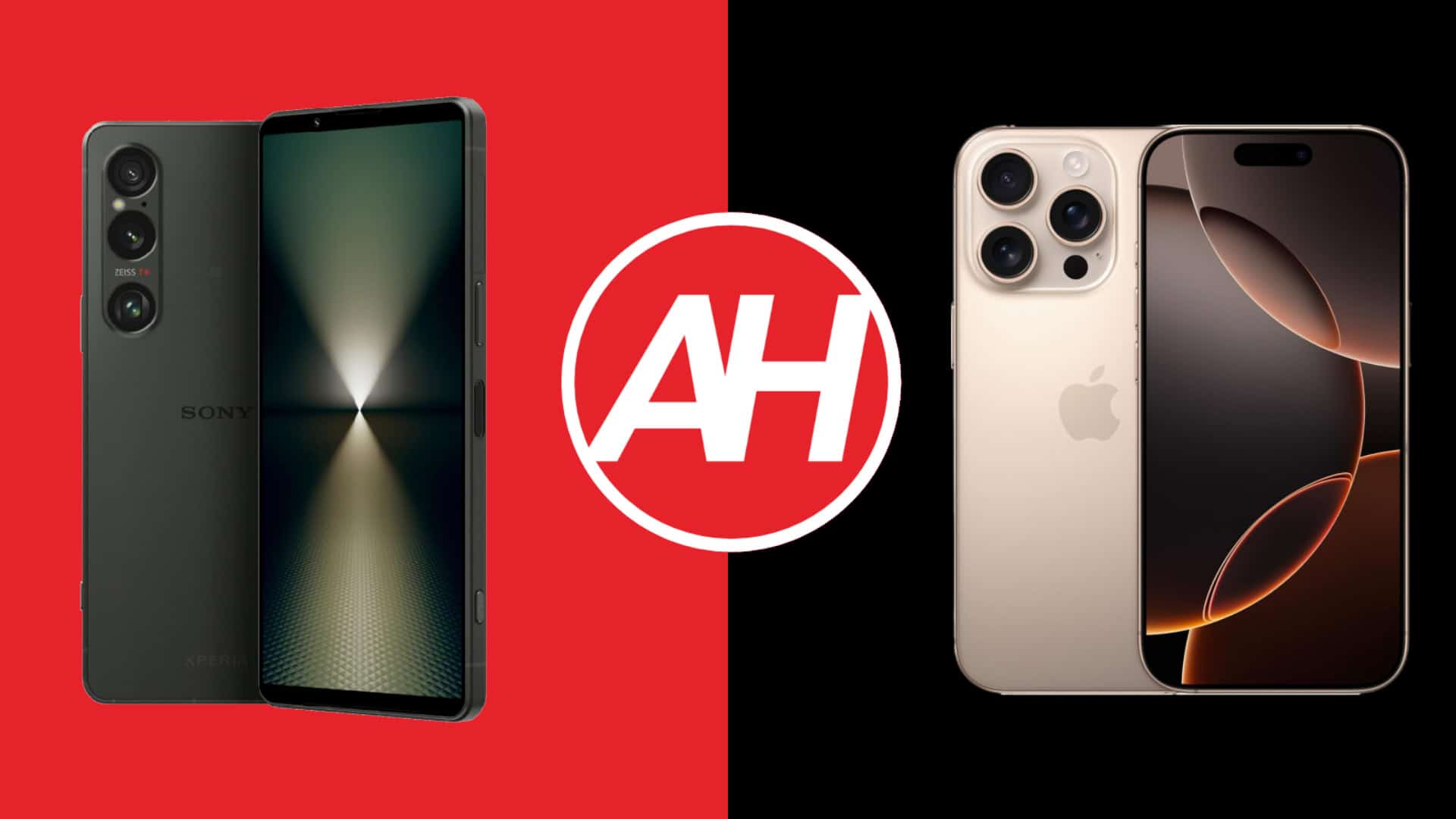


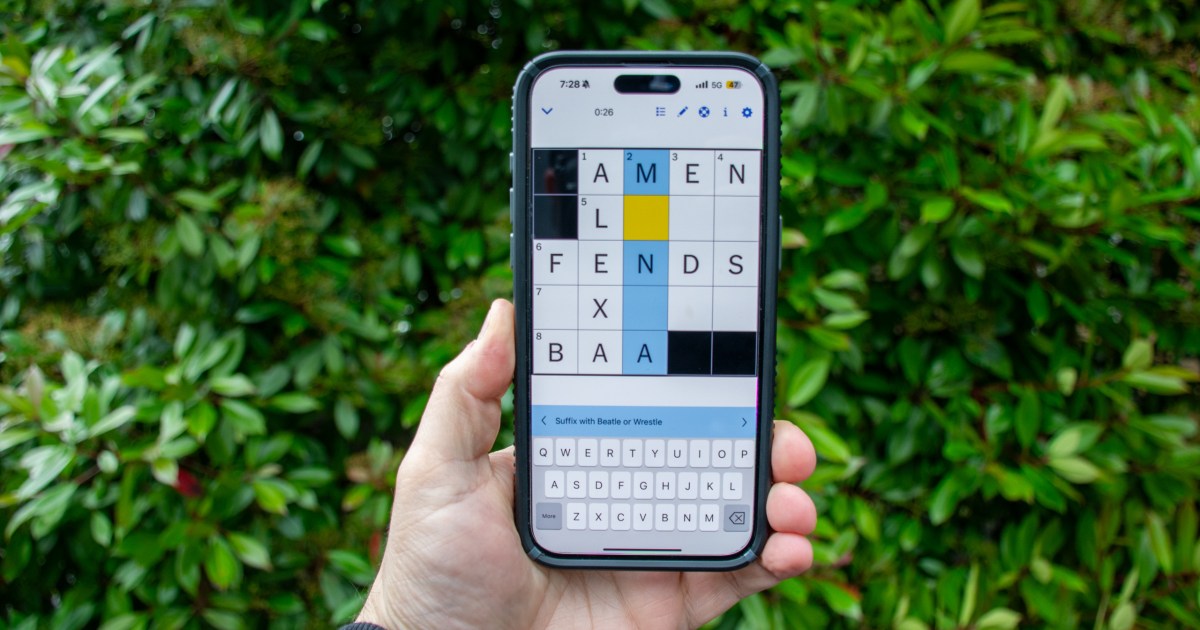

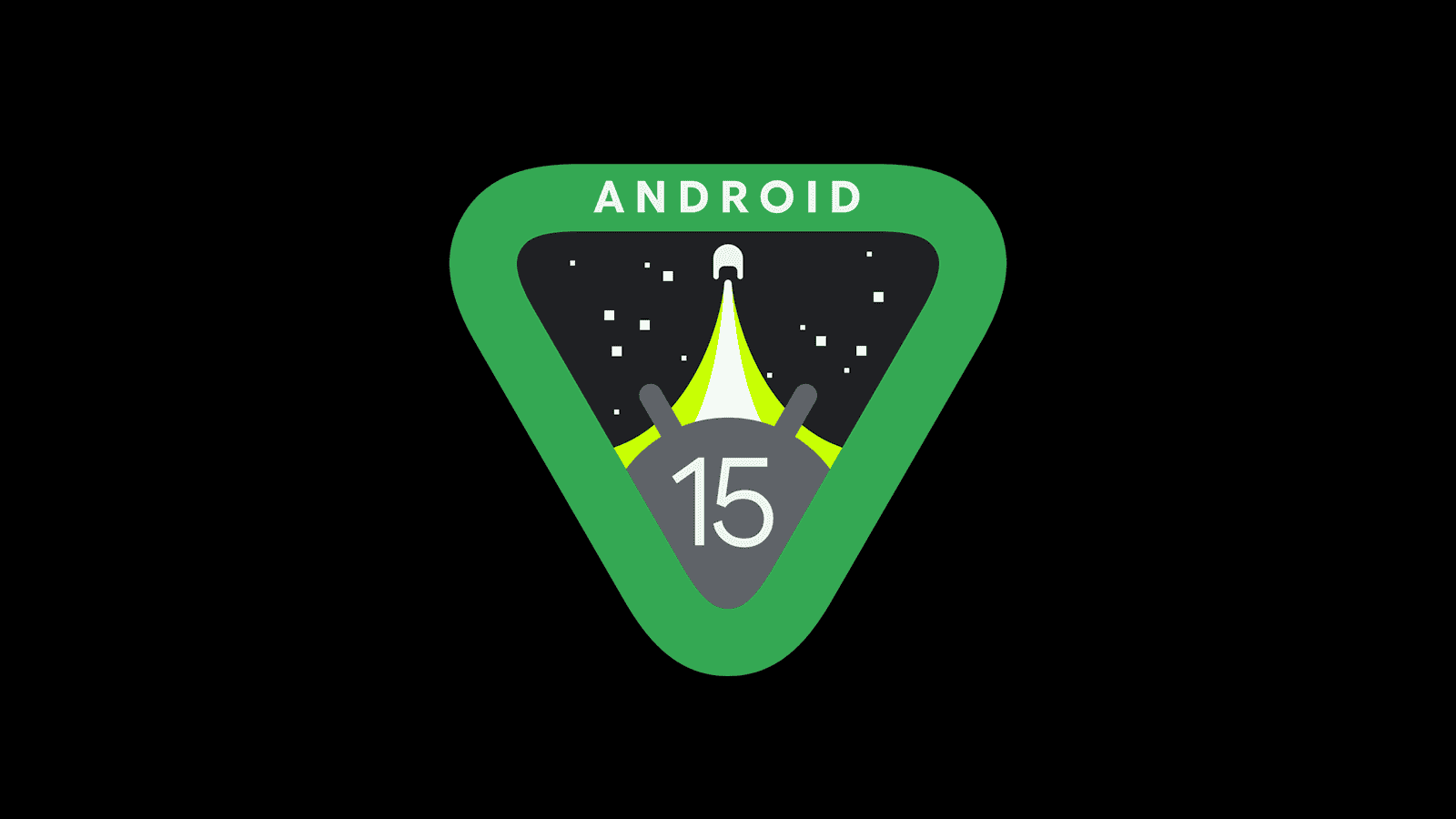
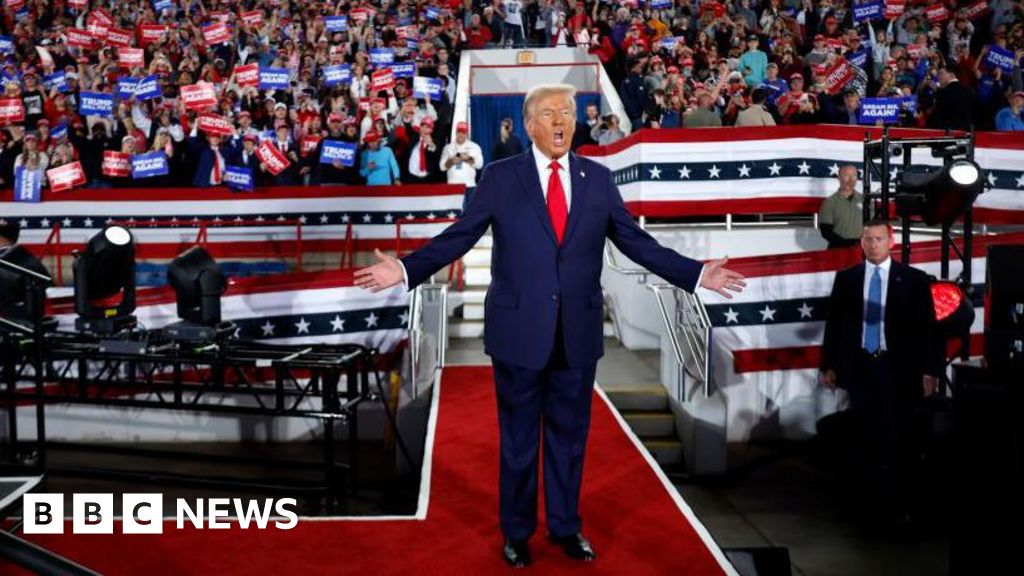

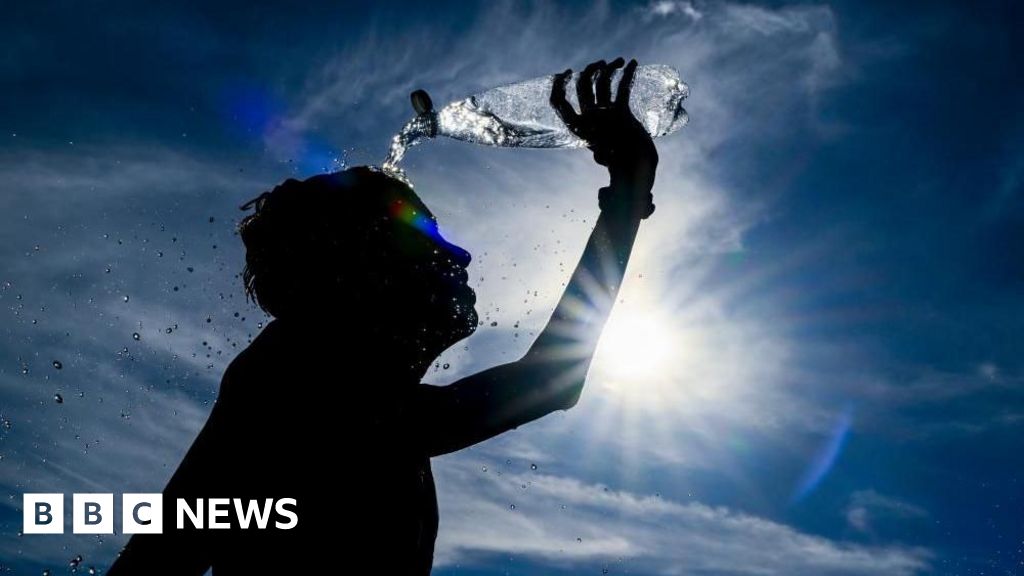

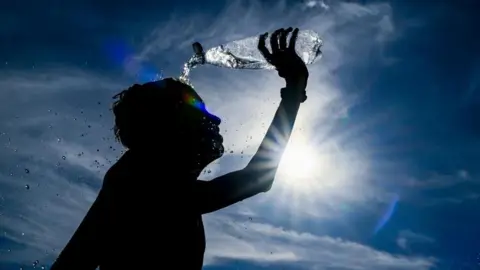
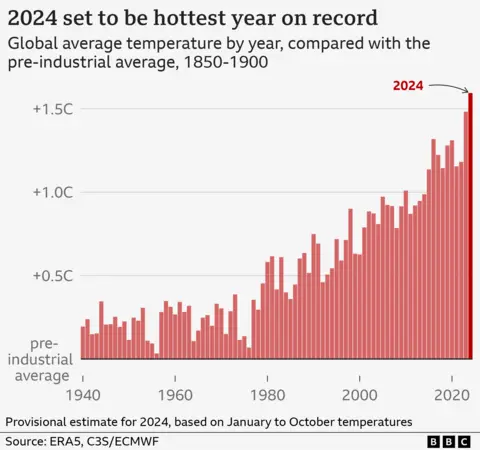

































































































































































You must be logged in to post a comment Login